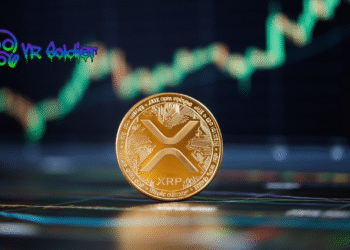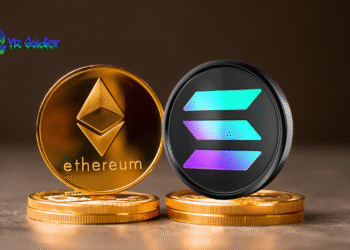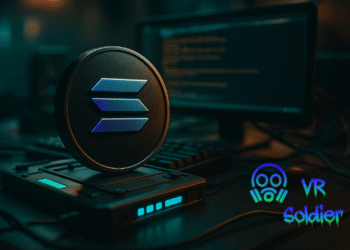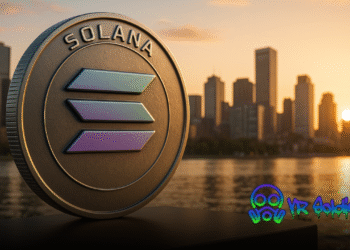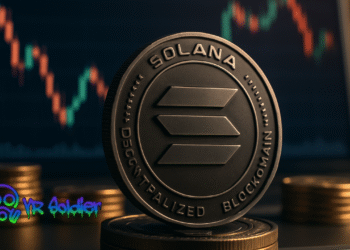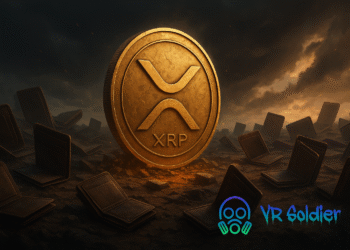Ethereum co-creator Vitalik Buterin has sparked debate with a proposal to overhaul the network’s gas fee structure. The plan has drawn comparisons to Solana’s fee model, raising questions about potential similarities and divergences between the two leading blockchains. However, can Vitalik’s plan bridge the gap with Solana?
A Call for Change: Vitalik Envisions a More Equitable Fee System
In a recent article, Buterin outlined a vision for a “more tailored and just” gas fee system on Ethereum. This proposal has been met with enthusiasm from users longing for lower fees on the Ethereum mainnet. However, it has also drawn scrutiny, particularly from those who see parallels between Buterin’s ideas and Solana’s existing fee structure.
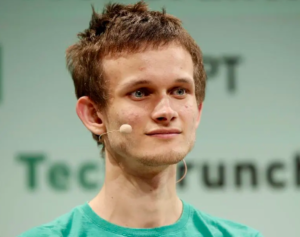
Gas fees are the lifeblood of blockchains like Ethereum and Solana. Users pay these fees to cover the computational costs associated with processing transactions on the network. Just like needing ETH for activity on Ethereum, users require SOL to interact with the Solana network. Gas fees tend to fluctuate based on network activity, rising during periods of high demand and falling when activity slows down.
Both Solana’s current fee model and Buterin’s “multidimensional gas fees” proposal share a core principle: fairness. The idea is to implement a system where different types of transactions incur varying fees based on demand. However, there are key differences in how each network plans to achieve this goal.
Solana Local Fee Markets: Isolating Congestion
Solana employs a “local fee markets” approach. Here, gas fees are calculated on a per-account and per-project basis. This means that spikes in gas fees caused by network congestion within a specific project are largely contained within that project’s ecosystem.

For instance, a surge in fees due to a popular NFT launch on Solana would primarily impact users interacting with that particular NFT project, leaving other users on the network relatively unaffected. (It’s worth noting that the effectiveness of Solana’s local fee markets is a subject of debate within the Solana community, particularly concerning potential inefficiencies arising from congested mini-gas ecosystems.).This approach stands in stark contrast to Ethereum’s current model. Here, high demand for NFTs can congest the entire network, causing gas fees to skyrocket for all users, regardless of their specific activity.
Multidimensional Gas Fees on Ethereum

While Buterin’s proposal aims to make Ethereum’s fees more equitable, it doesn’t envision replicating Solana’s isolated project-based fee markets. According to Ethereum core developer Marius Van Der Wijden, multidimensional gas fees on Ethereum would differentiate between different categories of computational effort required for transactions. These categories, such as computation, storage, and calldata, could have varying pricing based on real-time demand. Different types of on-chain transactions would then be priced based on the specific mix of these computational elements they involve.
Buterin points to the recent Dencun upgrade in March as a step towards this vision. This upgrade introduced “blobs” for transmitting layer-2 data (data originating from layer-2 networks like Arbitrum) onto the Ethereum mainnet. These blobs can have different pricing and limits compared to the rest of an Ethereum block.
Efficiency Gains, But Not a Congestion Cure!
In theory, expanding multidimensional gas fees to encompass a wider range of computational categories could enhance Ethereum’s efficiency and potentially improve the scalability of the mainnet. However, it likely wouldn’t completely shield users from spikes in network volatility caused by trending projects. The proposed system wouldn’t be as granular as Solana’s local fee markets.
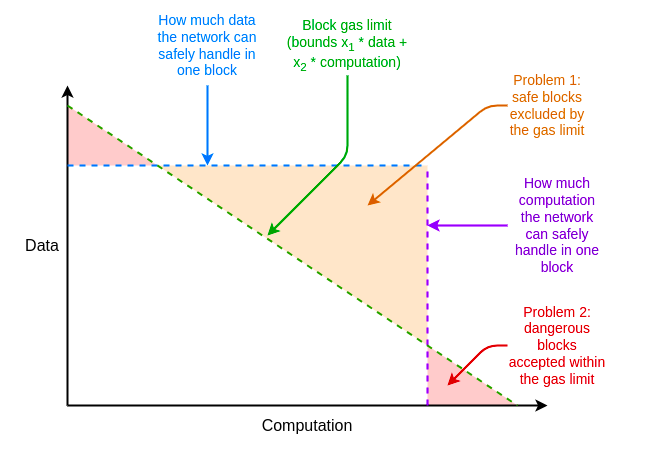
In conclusion, while both Solana and Ethereum strive for a fairer fee structure, their approaches differ significantly. While ardent supporters of each blockchain may find reasons to be wary of convergence, the proposed changes highlight a focus on innovation and improvement within the blockchain space.


